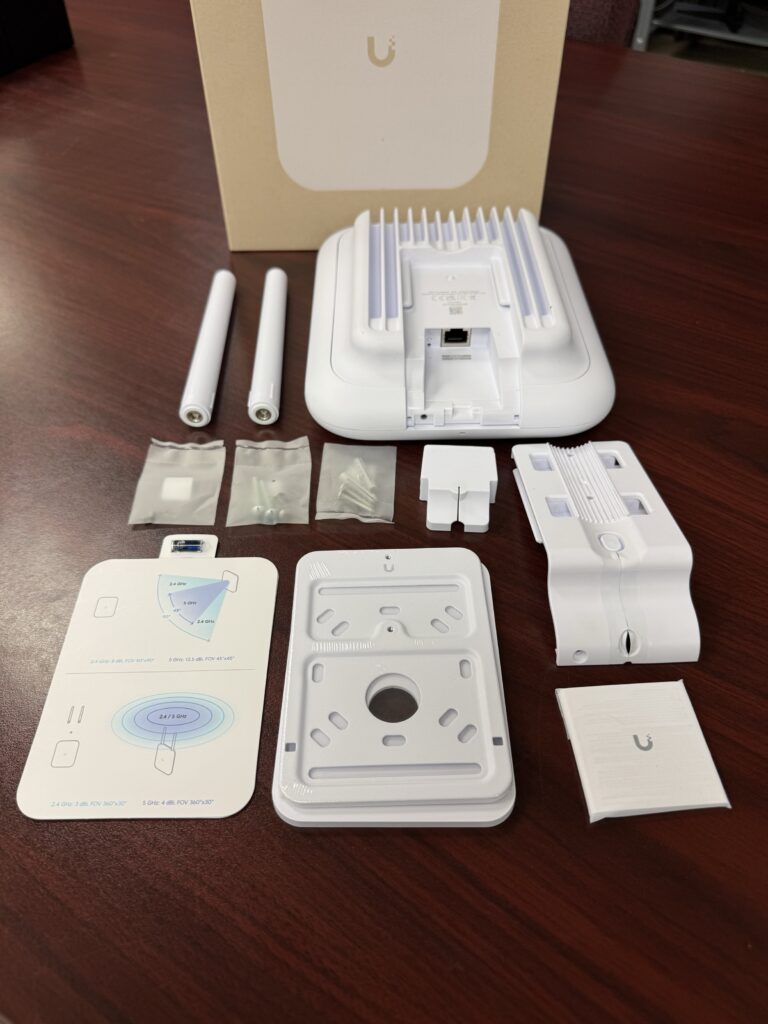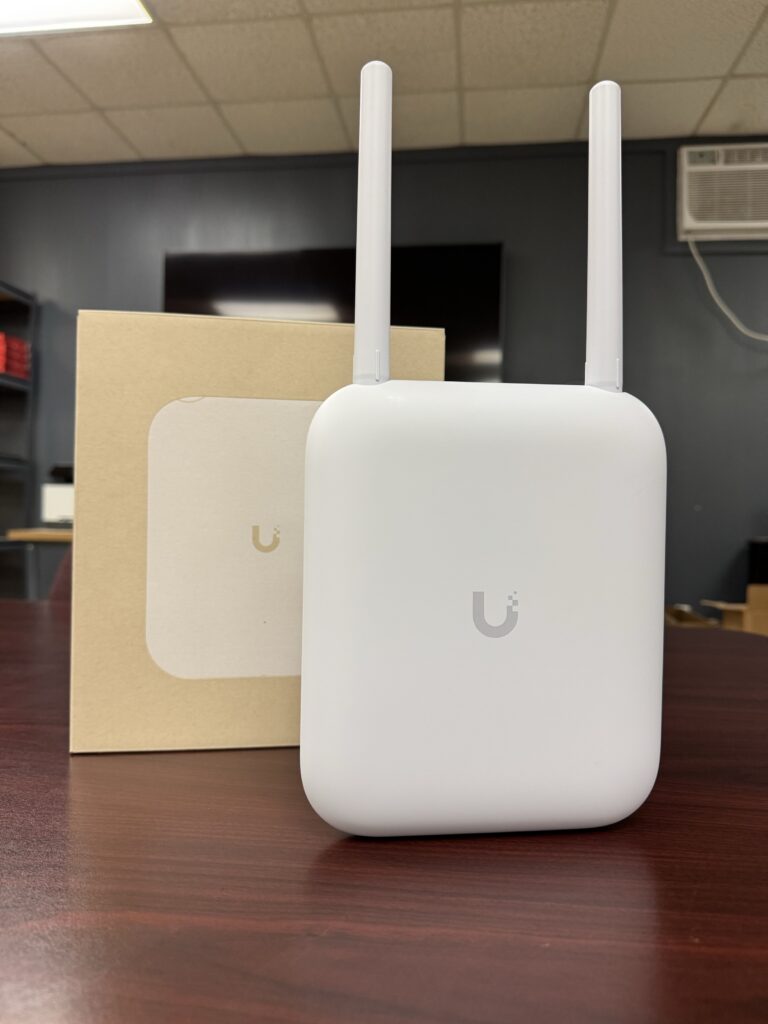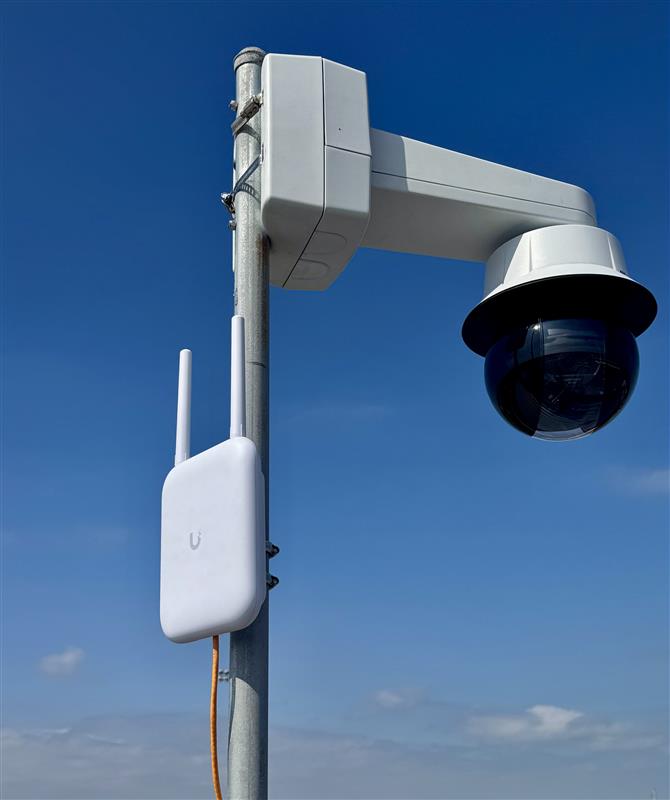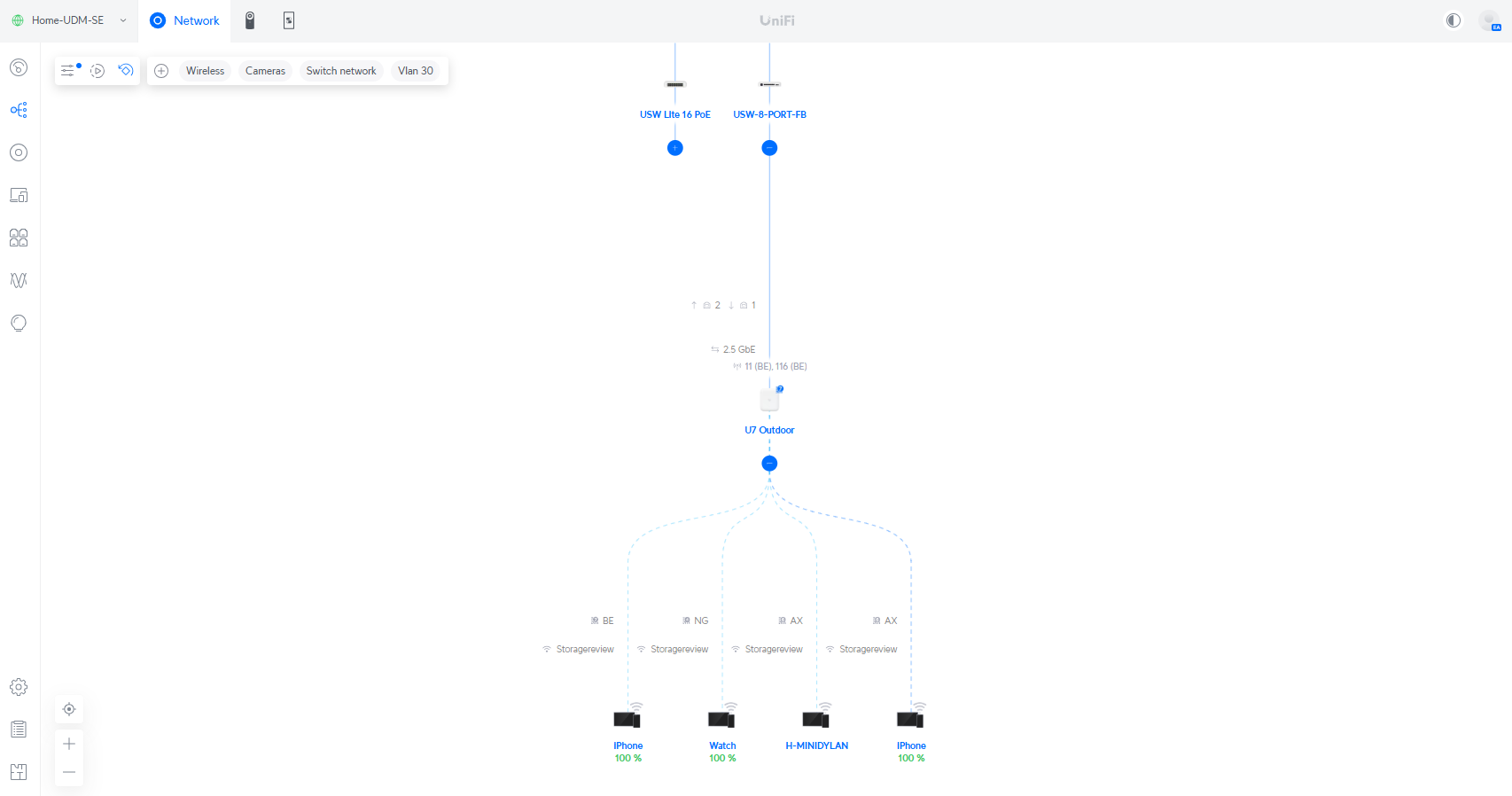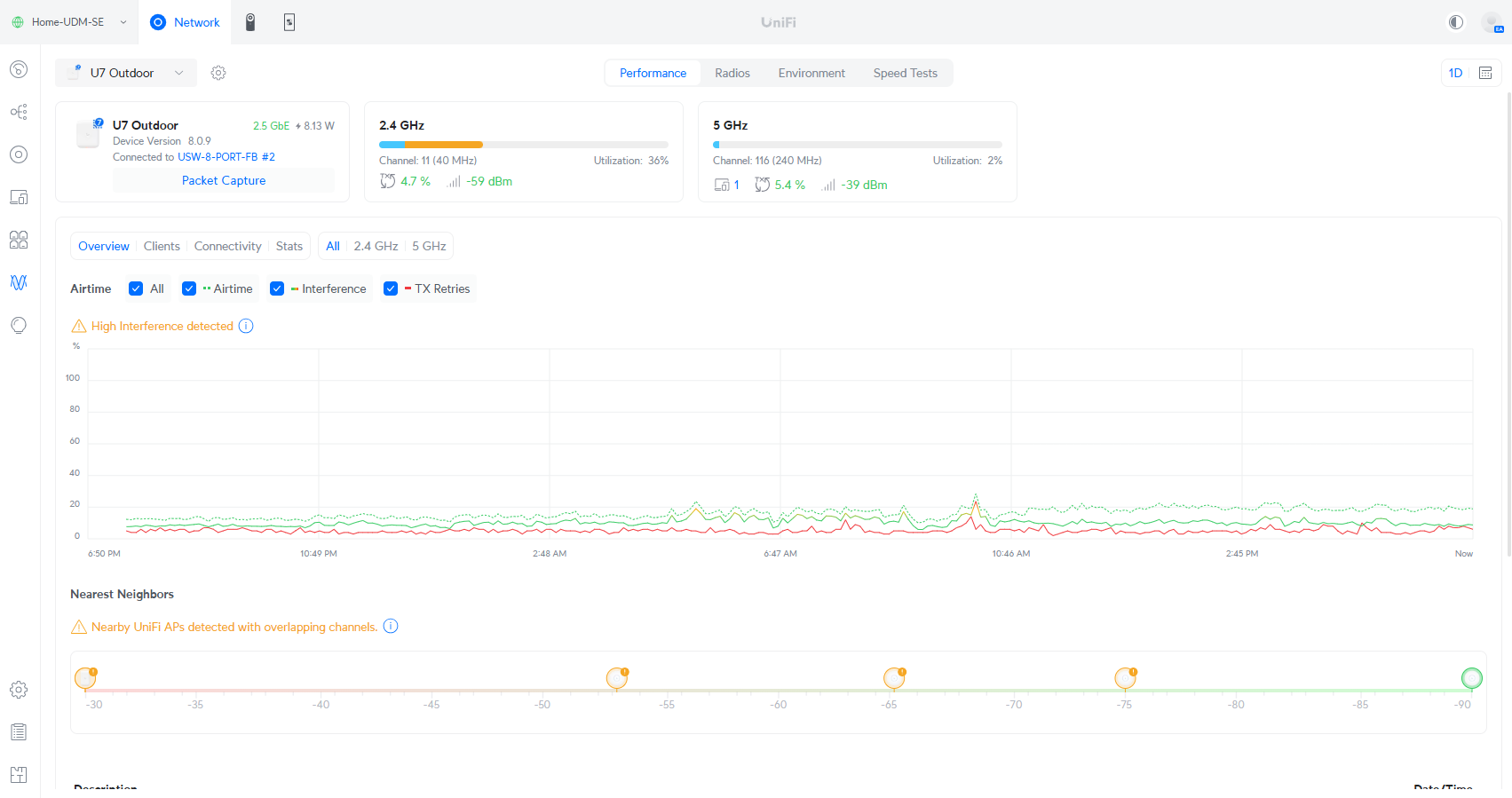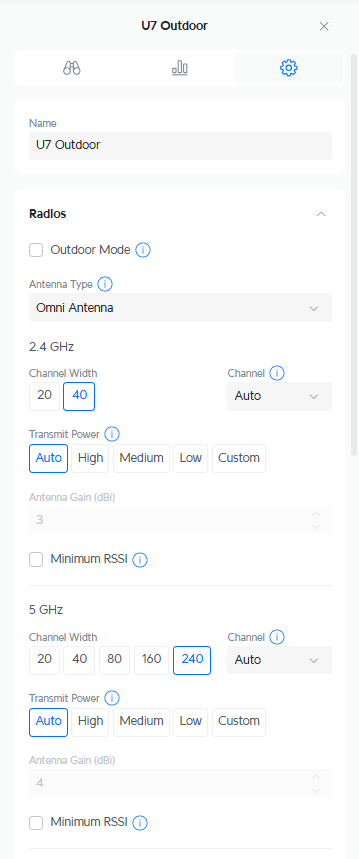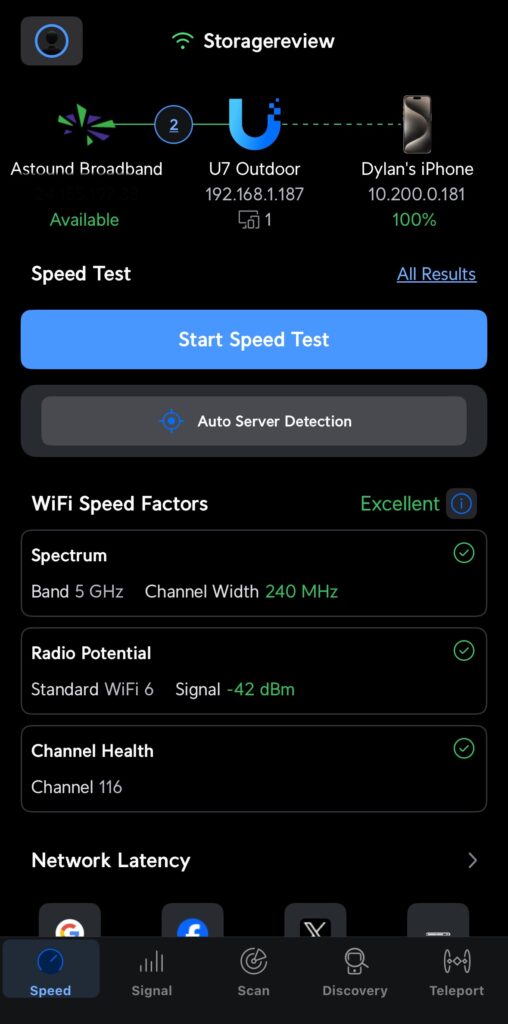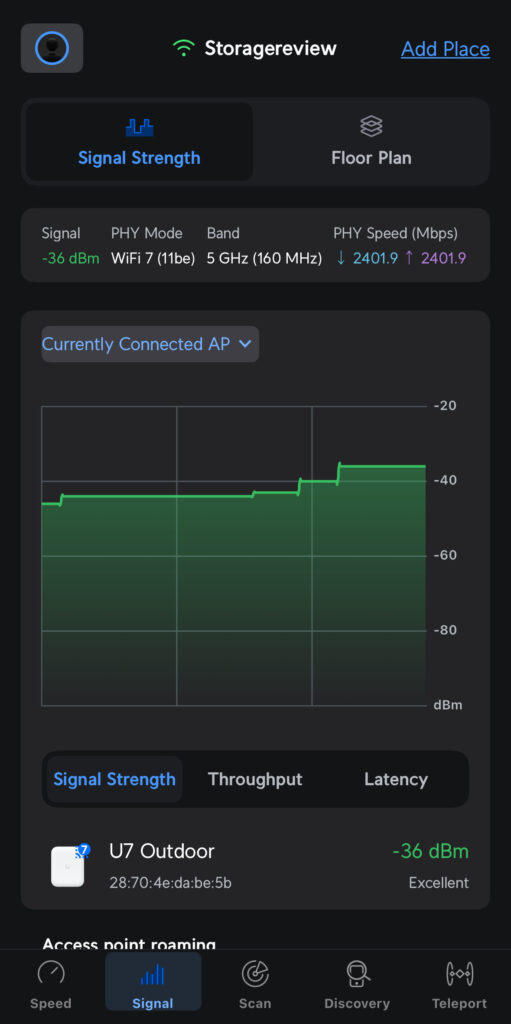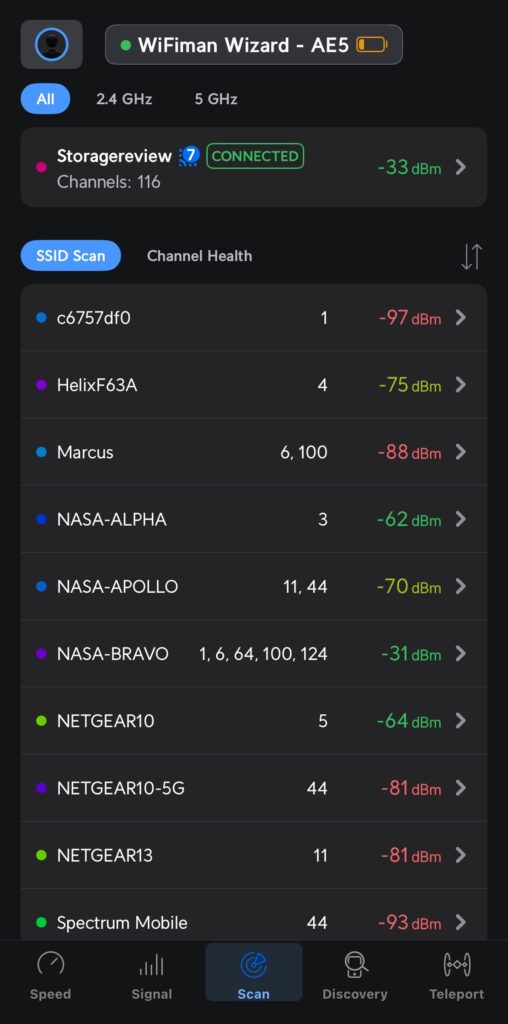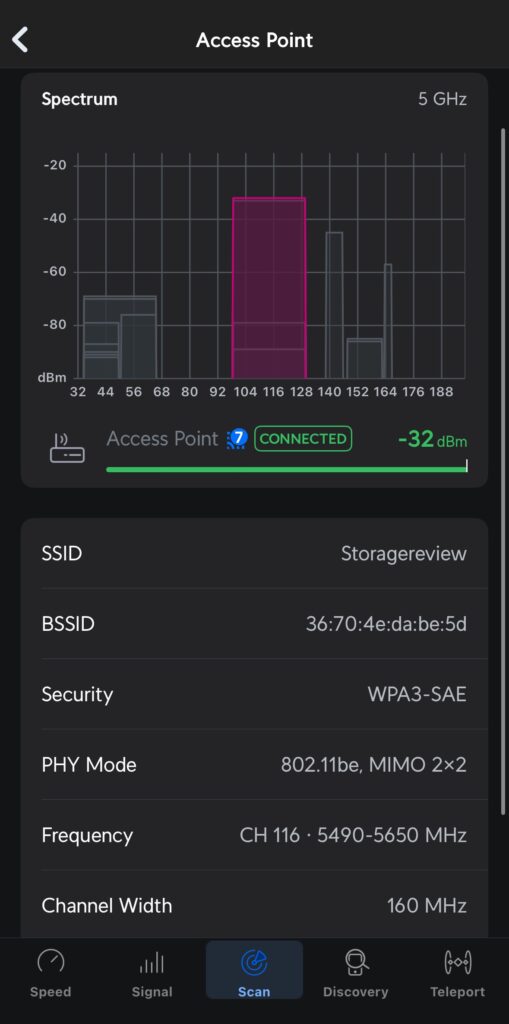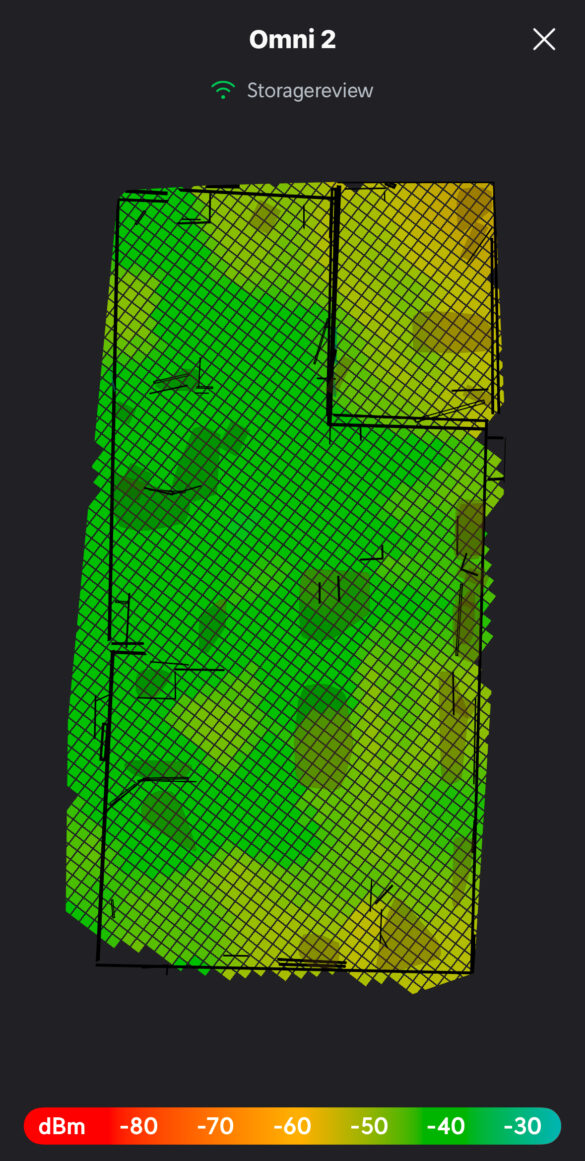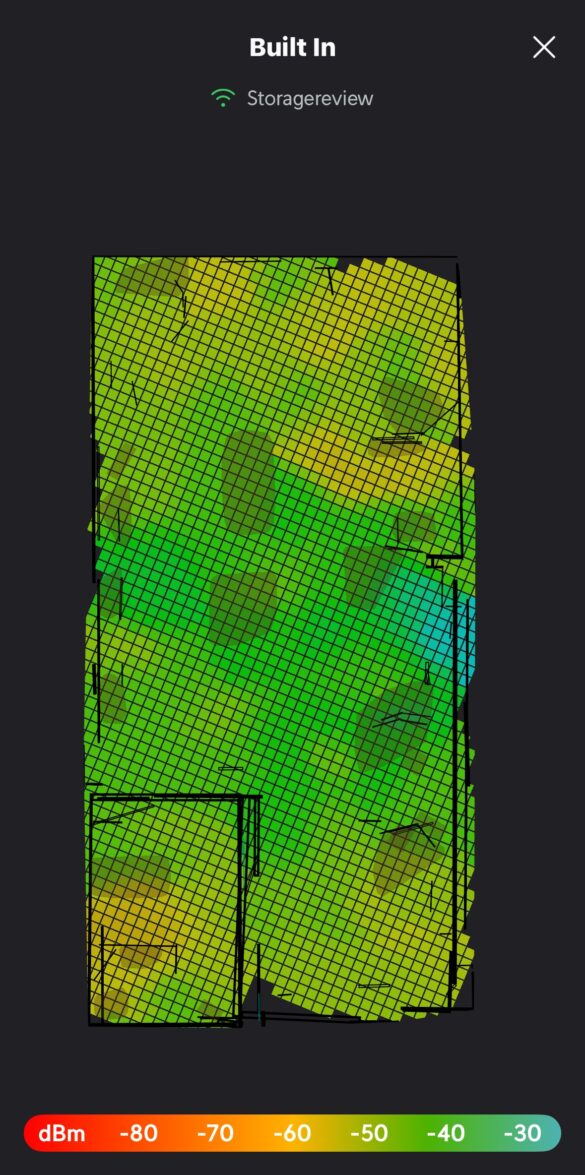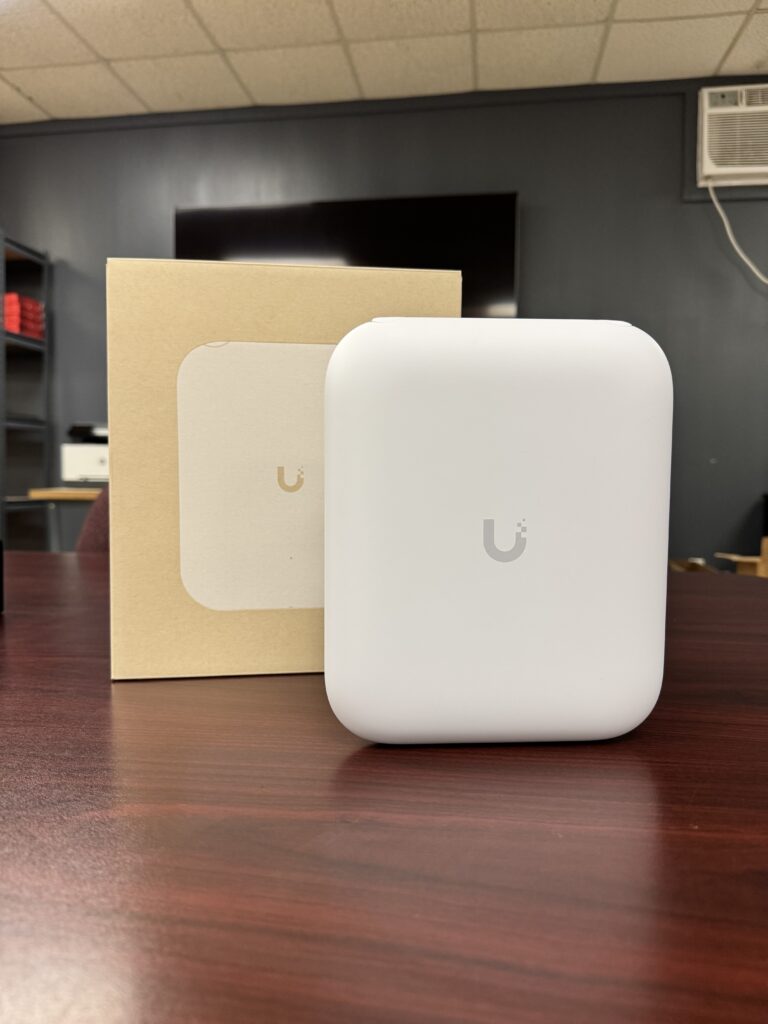Ubiquiti U7 Outdoor Review: High-performance WiFi 7 AP with flexible antenna options, PoE+ efficiency, and rugged outdoor durability.
Introducing Ubiquiti’s first WiFi 7 outdoor access point, designed to provide advanced wireless performance in various weather conditions. The U7 Outdoor, launched in mid-January, integrates the latest WiFi 7 technology with four spatial streams, offering enhanced speed and connectivity.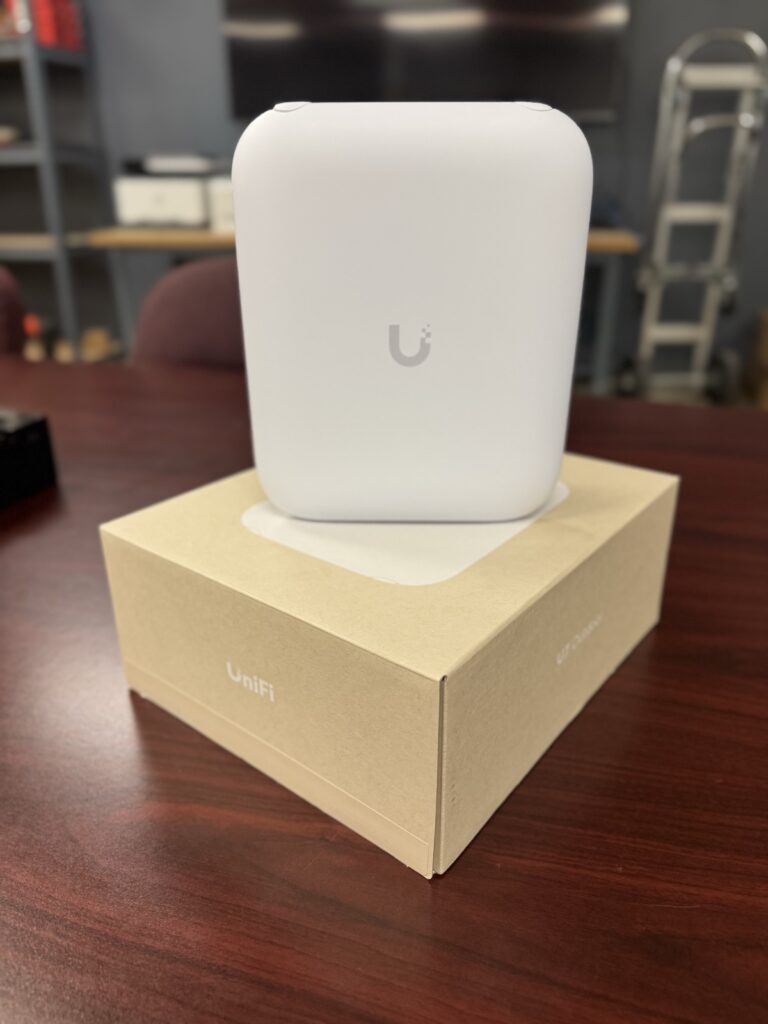
The U7 Outdoor features an integrated directional super antenna for optimal coverage and flexible omni-antenna connectivity options for customized performance. With versatile mounting options, this access point is perfect for those seeking an upgrade or a new installation to take advantage of WiFi 7. It is currently priced at $199.00 on the UniFi store and represents an excellent high-performance outdoor wireless solution.
U7 Outdoor Specifications
| Mechanical | U7 Outdoor Specifications |
| Dimensions | 170 x 208 x 54.5 mm (6.7 x 8.2 x 2.1″) |
| Weight | 1.2 kg (2.6 lb) |
| Enclosure material | UV-stabilized polycarbonate, aluminum alloy |
| Mount material | Polycarbonate, SGCC steel |
| Pole mount diameter | 25–60 mm (1–2.36″) on pipe outer diameter |
| Wind survivability | 74.6 N at 200 km/h (16.8 lbf at 125 mph) |
| Weatherproofing | IPX6 |
| Hardware | |
| Networking interface | (1) 1/2.5 GbE RJ45 port |
| Management interface | Ethernet |
| Power method | PoE+ |
| Power supply | UniFi PoE Switch |
| Supported voltage range | 42.5—57V DC |
| Max. power consumption | 19W |
| Max. TX power | 2.4 GHz: 23 dBm, 5 GHz: 26 dBm |
| MIMO | 2 x 2 (DL/UL MU-MIMO) for 2.4 GHz and 5 GHz |
| Max. data rate | 2.4 GHz: 688 Mbps, 5 GHz: 4.3 Gbps |
| Antenna gain | 2.4 GHz: 8 dBi (Directional internal), 3 dBi (External omni) |
| Antenna beam width | 2.4 GHz: 90°, 5 GHz: 45° |
| Antennas | (1) Directional internal antenna, (2) External omni antennas |
| LEDs | (1) Power: white/blue, (4) Mesh signal: blue |
| Button | Factory reset |
| Mounting | Wall, ceiling, pole (Included) |
| Ambient operating temperature | -30 to 60° C (-22 to 140° F) |
| Ambient operating humidity | 5 to 95% noncondensing |
| Certifications | CE, FCC, IC |
| Software | |
| WiFi standards | 802.11a/b/g/n/ac/ax/be (WiFi 6, WiFi 7) |
| Wireless security | WPA-PSK, WPA-Enterprise (WPA/WPA2/WPA3/PPSK) |
| BSSID | 8 per radio |
| VLAN | 802.1Q |
| Advanced QoS | Per-user rate limiting |
| Guest traffic isolation | Supported |
| Concurrent clients | 250+ |
| Supported Data Rates | 802.11a: 6, 9, 12, 18, 24, 36, 48, 54 Mbps
802.11b: 1, 2, 5.5, 11 Mbps 802.11g: 6, 9, 12, 18, 24, 36, 48, 54 Mbps 802.11n: 6.5 Mbps to 300 Mbps (MCS0 – MCS15, HT 20/40) 802.11ac: 6.5 Mbps to 1.7 Gbps (MCS0 – MCS9 NSS1/2, VHT 20/40/80/160) 802.11ax (WiFi 6): 7.3 Mbps to 2.4 Gbps (MCS0 – MCS11 NSS1/2, HE 20/40/80/160) 802.11be (WiFi 7): 7.3 Mbps to 4.3 Gbps (MCS0 – MCS13 NSS1/2, EHT 20/40/80/160/240) |
| Application Requirements | UniFi Network Version 8.3 and later |
U7 Outdoor Build and Design
The U7 Outdoor is engineered for reliable outdoor performance. It features a durable construction of polycarbonate, SGCC steel, UV-stabilized polycarbonate, and aluminum alloy. Weighing 1.2 kg (2.65 lb), it has a solid, well-built feel in hand without being overly heavy, making it ideal for secure mounting in various environments. Its sturdy construction ensures durability while remaining manageable during installation.
With dimensions of 208 mm × 170 mm × 54.5 mm, the U7 Outdoor supports multiple mounting options, including wall, pole, and ceiling installations for pipe diameters ranging from 25 mm to 60 mm (1″ to 2.36″).
The U7 Outdoor offers 465 m (1,525 ft) of open space coverage with its integrated directional super antenna, providing excellent range and signal strength for expansive areas. It is software-switchable from the internal directional antenna to the included external omni antennas, allowing users to adjust the signal coverage based on their specific needs.
The unit supports 2.4 GHz and 5 GHz WiFi (802.11a/b/g/n/ac/ax/be, WiFi 6, WiFi 7) but does not support 6 GHz. However, Ubiquiti has announced a Pro version of this unit, which will be available at the end of February and include 6 GHz support.
Design and Connectivity
- Top: Two RP-SMA connectors for optional external antennas (two included).
- Side: Mesh signal LED for visual connectivity status, useful when mounted high.
- Rear: Reset button and 2.5 GbE PoE+ RJ45 port for high-speed wired networking.
Power and Efficiency
The U7 Outdoor is powered by PoE+ and has a maximum power consumption of 19W, making it an energy-efficient solution compared to other market offerings.
Durability and Weather Resistance
With an IPX6 rating, the U7 Outdoor is built to withstand powerful water jets and harsh outdoor conditions. Designed for stability in extreme weather, it can endure 74.6 N of force at 200 km/h (16.8 lbf at 125 mph) when pole mounted. Its integrated passive cooling fins help regulate temperature, ensuring continuous operation without overheating. These features make it a reliable choice for long-term outdoor deployment in varying weather conditions.
U7 Outdoor in App Overview
The UniFi U7 Outdoor is a highly versatile access point that can be seamlessly deployed in various network setups. It can be easily meshed with existing UniFi access points as long as a power source is available, making it an excellent option for expanding wireless coverage without additional cabling.
The U7 Outdoor can also be paired with UniFi’s Building Bridge for longer-range deployments, enabling stable wireless connections across extended distances, such as between buildings or large outdoor areas. However, in our case, we are leveraging its integrated 2.5GbE port for a high-speed wired connection, ensuring optimal performance and reducing wireless congestion.
For this overview, our UniFi UDM-SE runs Network version EA 9.0.114, while the U7 Outdoor operates on Access Point EA 8.0.9 firmware. Running early access (EA) versions allows us to test the latest features and optimizations before they reach the stable release channel.
Within the UniFi topology section, we can get a high-level overview of the devices up-linking the U7 Outdoor and its connected devices. This includes details such as the WiFi standards each device uses and the SSID they are connected to. This setup utilizes the full 2.5GbE uplink from the U7 Outdoor to the USW 8-Port Enterprise switch, ensuring maximum bandwidth availability for connected clients.
Within the Radio Manager section, you can view the two bands supported by the U7 Outdoor, the 2.4 GHz and 5 GHz bands. In dense deployments or environments with a large client base, key information like TX retries, signal strength, and band utilization is displayed, helping to identify potential issues before they get out of hand. Additionally, airtime metrics provide insights into each band’s interference, retries, and overall usage. The interface also highlights overlapping channels from nearby APs, aiding in optimization and troubleshooting.
When configuring the U7 Outdoor, you have various options for radio settings. You can set the AP to Outdoor mode and choose the antenna type, either Omni Antenna or the built-in super antenna. For the 2.4 GHz band, you can adjust channel widths up to 20-40 MHz, control transmit power, set antenna gain, and customize the RSSI cutoff. The 5 GHz band supports channel widths from 20 to 240 MHz, with configurable minimum RSSI and transmit power settings. Additionally, you can manage the device’s mesh functionality by enabling or disabling it, setting it to auto or manual mode, and customizing meshing priorities, including down-linking or up-linking preferences in manual mode.
UniFi WiFiman App View & Wizard Analysis
We test the U7 in an indoor scenario using the UniFi WiFiman iOS app paired with the UniFi Wizard (WM-W). This portable spectrum analyzer will help assess the U7’s performance, analyze signal strength, and an AR scan of both the Omni and built-in antennas.
The overview shows that the current device connection to the U7 Outdoor uses the 5 GHz WiFi band with a 240 MHz channel width. The signal quality is excellent, with a WiFi 6 (11ax) signal strength of -42 dBm, and the channel health is optimal on Channel 116.
The next pane in the WiFiman app displays the signal section for an iPhone 16 with WiFi 7 (11be) capability and shows a PHY speed of 2401.9 Mbps for upload and download speeds.
The WiFiman scan section, available only with the WiFi Wizard device, enables scanning 2.4 GHz and 5 GHz bands. Once connected, it provides an overview of the current network and surrounding networks. In this case, we are connected to the “Storagereview” SSID, utilizing channel 116, with the current signal strength displayed. The section also shows the channels surrounding networks use, which aids in identifying overlapping devices and avoids channel interference to optimize WiFi performance.
Now, drilling into the connected 5 GHz band, we can see that the device uses WPA3-SAE security, is connected via 802.11be, and uses MIMO 2×2, which means two spatial streams. It is on channel 116, has a frequency range of 5490-5650 MHz, and has a current channel width of 160 MHz.
In the signal section of the WiFiman app, we can perform mapping with AR scans of the environment. We conducted a scan in an office space, using the built-in super antenna and the included omni antenna, covering around a 2700 ft space with moderate obstacles. The access point was mounted approximately 8 feet high for optimal spread coverage.
In the office, the initial test (not pictured) with the radio power set to (auto) showed lackluster performance, with signal strength ranging from -40 to -50 dBm near the AP, quickly degrading to -60 to -70 dBm. However, increasing the AP power for both bands to “high” resulted in a significant improvement. With this area between both tests, the only noticeable difference between the omni and the built-in antenna is that the built-in is more concentrated strength at the front of the unit, with signal strength in the -30 dBm range. It’s important to note that the nearby UX gateway, with its built-in access point, was not broadcasting the StorageReview SSID, which may have caused the U7 to reduce power, leading to the initial performance degradation. This is a significant consideration when placing access points in your deployment.
Conclusion
The Ubiquiti U7 Outdoor access point is a well-built, affordable solution for enhancing outdoor wireless coverage with maximum compatibility without needing 6 GHz support. Its solid construction, weatherproof design, and PoE+ power efficiency ensure reliable performance in various environments, scaling from residential to enterprise deployments.
WiFi 7 capabilities and flexible antenna options make it an excellent choice for small businesses and larger-scale networks. The upcoming Pro model, which will launch in late February, will provide advanced features for users seeking 6 GHz support. Overall, the U7 Outdoor strikes an outstanding balance between price, performance, and durability.
Engage with StorageReview
Newsletter | YouTube | Podcast iTunes/Spotify | Instagram | Twitter | TikTok | RSS Feed

